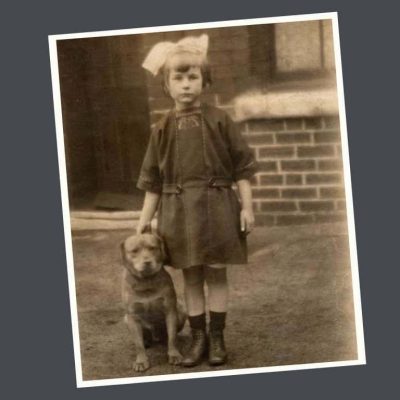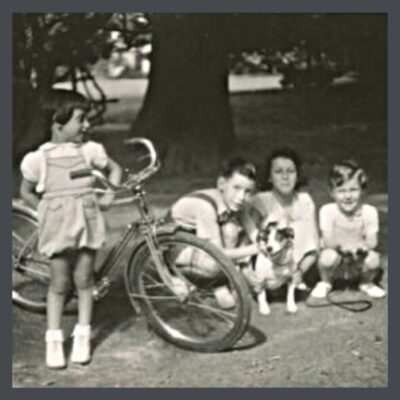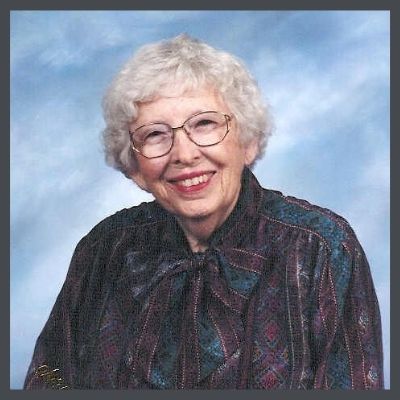by Barbara Farrar (October 6, 1926 – March 29, 2011)
 As I recall the years of my childhood spent in “Tampa Town,” I am always cognizant of the changes that have accompanied our metamorphosis into a much larger city. One of them has impacted the daily lives of today’s neighborhood children. It has to do with pets and the different role they presently play. In those days, we all had pets, but they were not like the pampered, purebred or exotic ones prized by children today. They were “adopted” stray dogs and cats (Heinz 57 variety), plus many other varied forms of wildlife….and I do mean wild.
As I recall the years of my childhood spent in “Tampa Town,” I am always cognizant of the changes that have accompanied our metamorphosis into a much larger city. One of them has impacted the daily lives of today’s neighborhood children. It has to do with pets and the different role they presently play. In those days, we all had pets, but they were not like the pampered, purebred or exotic ones prized by children today. They were “adopted” stray dogs and cats (Heinz 57 variety), plus many other varied forms of wildlife….and I do mean wild.
You see, Seminole Heights was not thickly populated, and was surrounded by acres of undeveloped woods. The Hillsborough River was a source of water and habitat for the native animals which frequented our bungalow neighborhood, and to which we children were hypnotically drawn. Likewise, they seemed to trust us, and we openly, or surreptitiously, fed them. Occasionally, these wild visitors were injured or just seemed sickly, so we established a “hospital” where we took turns caring for them. This was usually in one of our garages. Baby birds, squirrels, bunnies, possum and raccoons were frequent patients. We also cared for field mice, injured water birds, bats and songbirds. We raided our families’ medicine chests for various ointments, antiseptics and bandages. Produce boxes that came with ventilation holes made great cages. Chicken feed, cat and dog food and milk were the usual infirmary diet that kept them alive. However, I must admit that the survival rate was not very high. But, you can be assured that each deceased patient was given a full funeral from casket burial to flowers and a headstone in a nearby “pet cemetery”.
Pet care was, totally, the child’s responsibility. Any failure to assume this responsibility resulted in strict discipline and/or removal of the pet. Responsibility was developed at an early age.
No pets, domestic or wild, were ever allowed in the house or the car. Canaries, parrots and goldfish were the only indoor pets. Bad storms and freezing weather were the only exceptions to the house rule. Dogs and cats were fed canned pet food and table scraps. They were allowed to eat in the kitchen before being sent outside. Fresh drinking water was always available both inside and out. Dog and cat diets were supplemented by our trips to the local butcher shop. The owner, who was a neighbor, saved meat scraps and bones for the dogs and beef liver pieces for the cats.
 Oddly enough, our cats and dogs were rarely ill. There were very few vets in the area, except for those who treated livestock. Once a year, our dogs got a rabies shot and tags to wear as well as an “annual worming.” The dogcatcher was quick to impound a tagless dog. There was no need to “walk the dog”. Wherever we children went, our four-footed friends trotted with us. We played so closely with them, that they seemed almost like siblings. They really enjoyed pacing us on our bicycles, the faster the better. Playing “hide and seek” was a favorite activity which they always won. The real challenge came during baseball games when the outfielder often had to out run the dogs for the ball. In retrospect, our dogs were tolerant and long-suffering. They endured many bumpy rides in our wagons, while dressed in some pretty weird outfits that only a child could create.
Oddly enough, our cats and dogs were rarely ill. There were very few vets in the area, except for those who treated livestock. Once a year, our dogs got a rabies shot and tags to wear as well as an “annual worming.” The dogcatcher was quick to impound a tagless dog. There was no need to “walk the dog”. Wherever we children went, our four-footed friends trotted with us. We played so closely with them, that they seemed almost like siblings. They really enjoyed pacing us on our bicycles, the faster the better. Playing “hide and seek” was a favorite activity which they always won. The real challenge came during baseball games when the outfielder often had to out run the dogs for the ball. In retrospect, our dogs were tolerant and long-suffering. They endured many bumpy rides in our wagons, while dressed in some pretty weird outfits that only a child could create.
A special neighborhood pet was the green chameleon. We all had one which we confined with a collar of silk thread and wore on our shoulders. What we didn’t understand at the time was why it occasionally inflated that bright, red bubble under its throat. Eventually, we learned it was done to frighten enemies. The poor thing was terrified! We just thought it was pretty!
Today, I see only adult dog walkers pass my home. The majority wear headsets, and show impatience with the animal’s frequent “scent stops”. I often think of the sheer joy and wild abandon that neighborhood children shared in play with their pets. Tampa Town was truly a kinder, gentler place in which to experience reciprocal affection with one’s pet. Its disappearance is a tremendous loss.
ABOUT BARBARA
 I had the great honor & extreme pleasure, of meeting Barbara when I interviewed her for the documentary film, Seminole Heights, An Intimate Look at the Early Years, that I produced about the neighborhood. In her 80’s, she was warm, bright, perceptive, articulate, & possessed a whimsical sense of humor. I have to say that she was the star of the show.
I had the great honor & extreme pleasure, of meeting Barbara when I interviewed her for the documentary film, Seminole Heights, An Intimate Look at the Early Years, that I produced about the neighborhood. In her 80’s, she was warm, bright, perceptive, articulate, & possessed a whimsical sense of humor. I have to say that she was the star of the show.
Barbara had spent her whole life in the Seminole Heights, attended our neighborhood schools graduating from Hillsborough High School in 1946, & in 1990, she was inducted into their Hall of Fame.
Barbara graduated in the first class of the newly established Florida State University in 1948 with a degree in journalism, & continued her education to get a Master’s Degree in Social Work. She went on to work for 41 years as a social worker.
In addition to being the champion for hundreds of children & families, Barbara worked as a volunteer for many organizations, focusing on our neighborhood. Serving as Editor of the Old Seminole Heights Neighborhood Association newsletter, The Advisor, Barbara strove to build a sense of community & respect for our history. She is warmly remembered & sadly missed.
 STAY IN THE BUNGALOW KNOW!!!
STAY IN THE BUNGALOW KNOW!!!
Sign up for our newsletter & receive our FREE E-book, 7 VITAL Things to Do Before You Hire a Contractor.



What a delightful story! I was fully transported back in time and was plunked into the woods surrounding the Hillsborough River.
I agree about the cell phone-talking dog-walkers. They are missing a great opportunity to commune with the trees & to share in their pet’s joy of being in the great outdoors.
Absolutely! I don’t have a dog but sometimes wish I did so that I could have adventures with it. Doggies just always seems to be having a great time & I’d love to join the party!